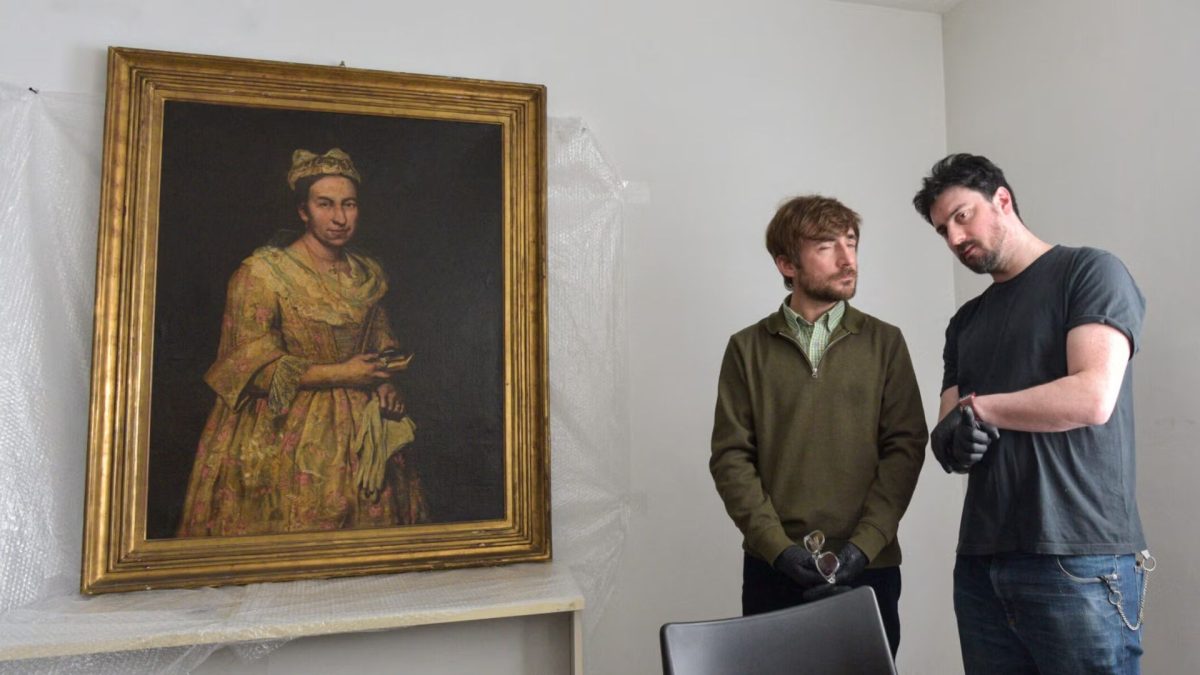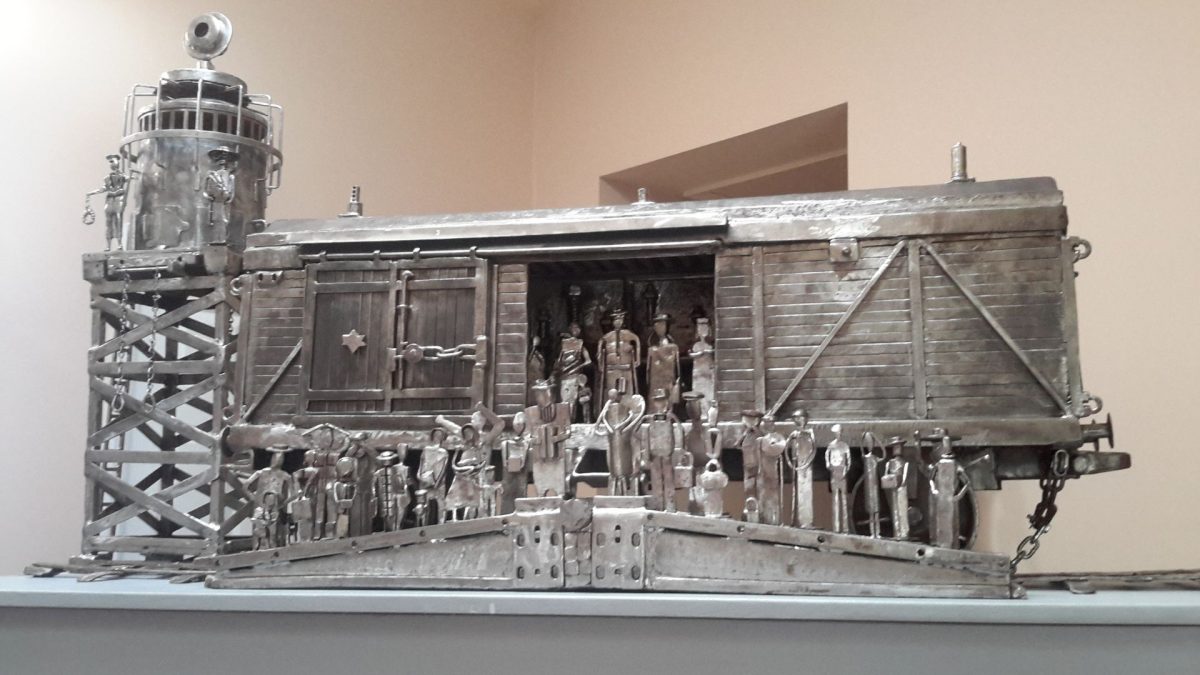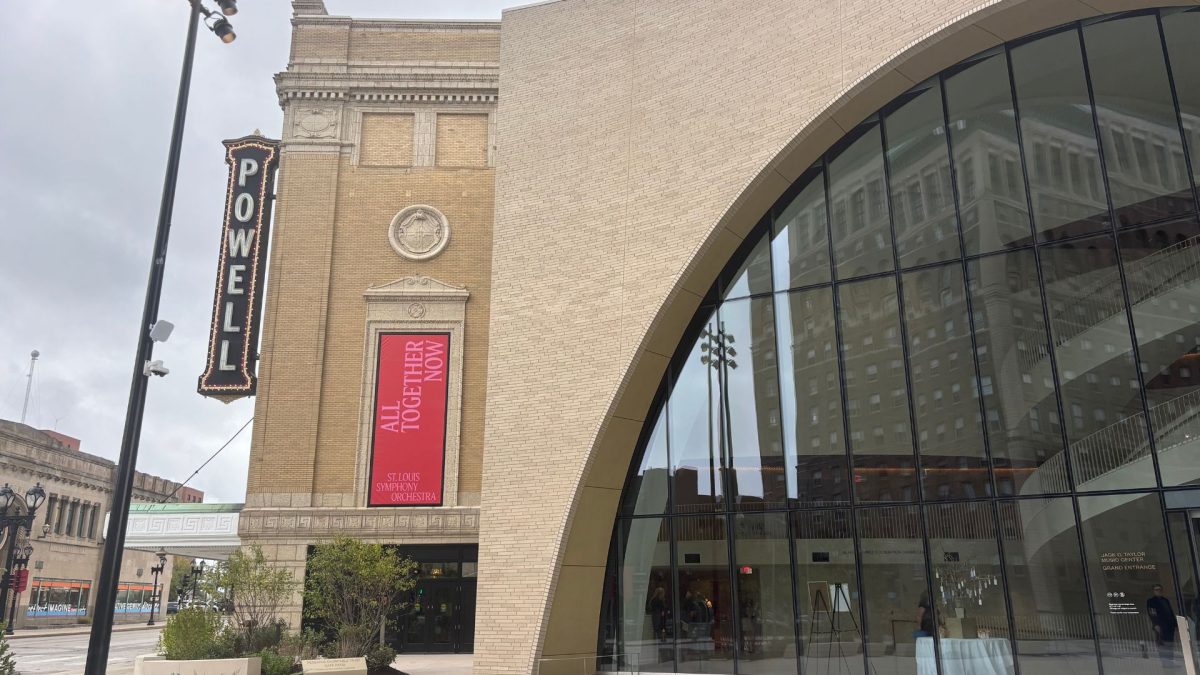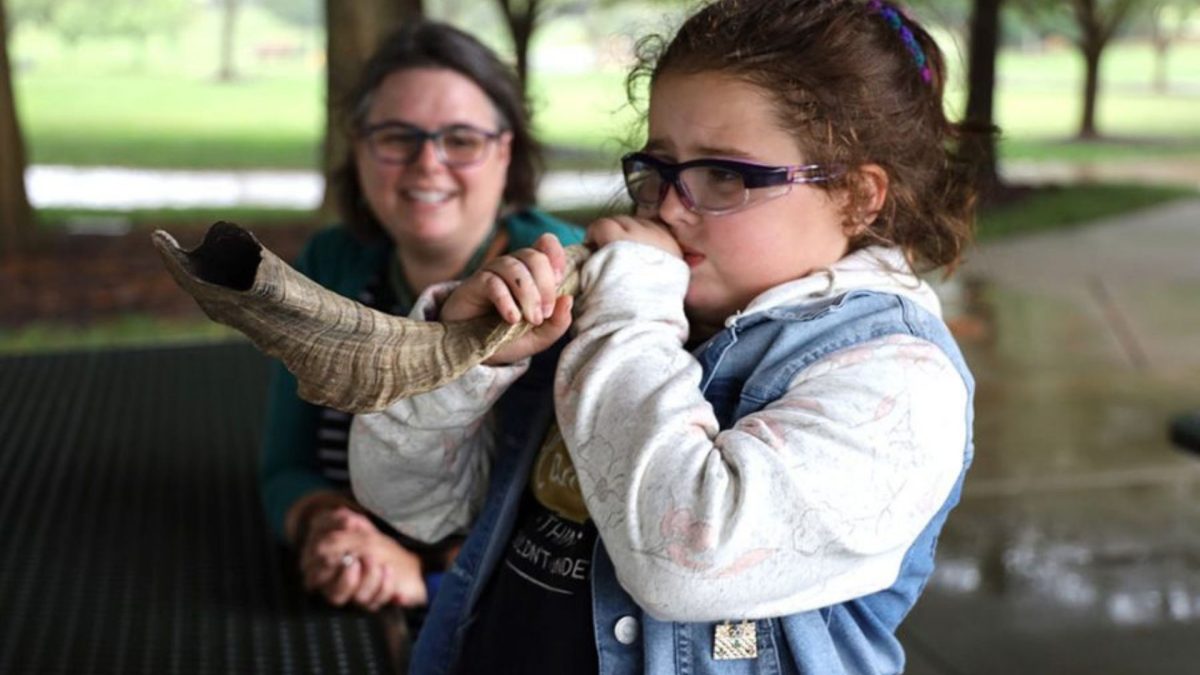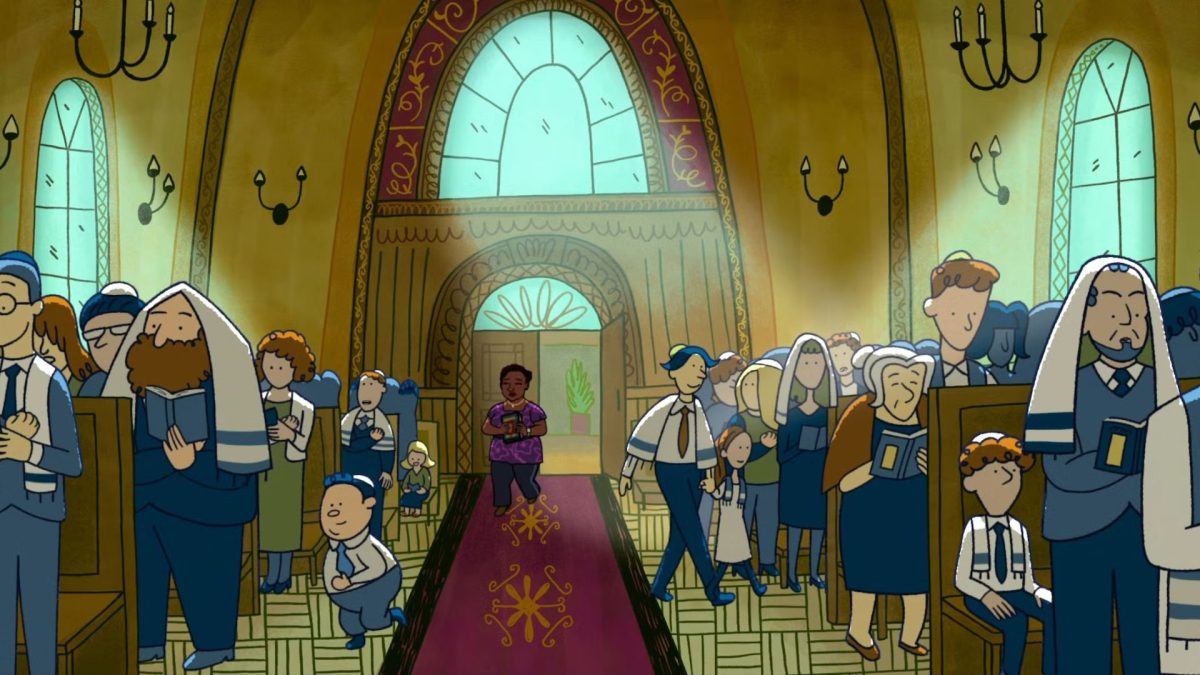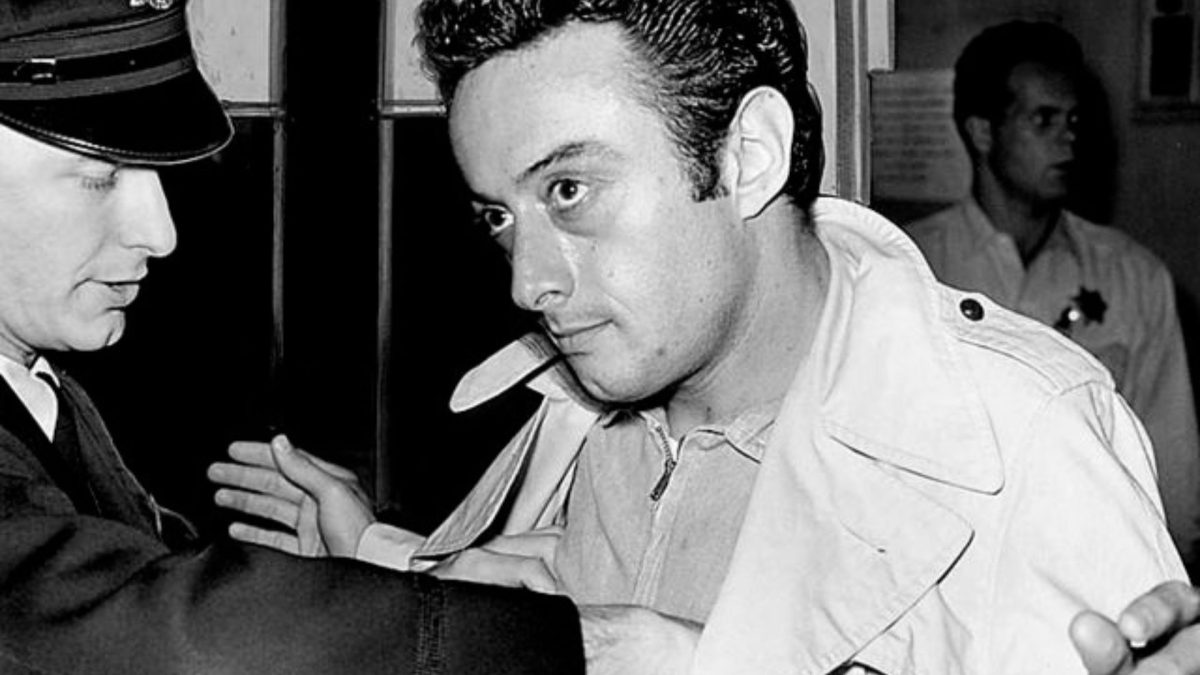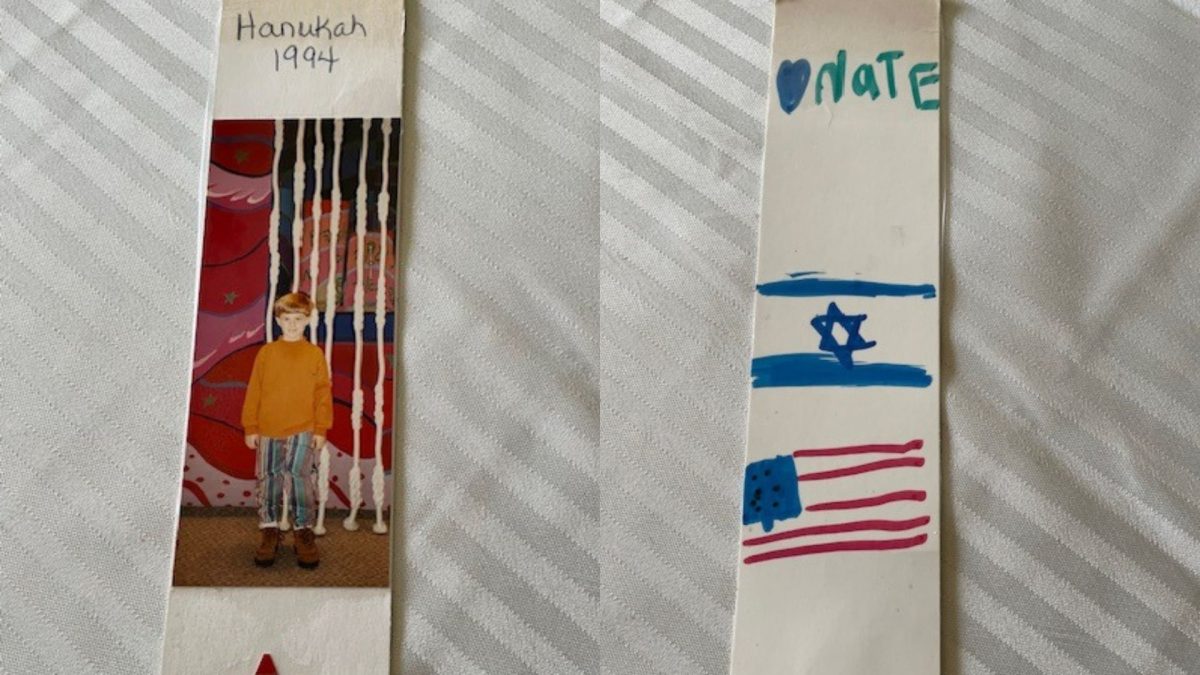Several years ago, I interviewed Andrew Newman, a member of the John Burroughs School faculty, about his work on what some call “Plastic Islands”—vast patches of ocean and river pollution composed mostly of floating debris.
Newman is a professional photographer and serves as the school’s official photographer. He also teaches at the school, working closely with students to explore environmental issues such as pollution, global warming and sustainability. Together, they focus on encouraging better recycling practices and environmental awareness.
Newman has spent time on two separate sabbaticals sailing and photographing these massive garbage patches. On one of these journeys, he traveled from Hawaii to Vancouver Island to study the Great Pacific Garbage Patch—an area that scientific researchers say spans 620,000 square miles and contains plastic waste dating back over 50 years. Among the items found: plastic lighters, baby bottles, cell phones, plastic bags, tires, chairs—even the wooden fibers from toilet paper flushed into the ocean daily.
ADVERTISEMENT
He collected samples using small nets and documented the experience through photography, later exhibiting the work at the Bonsack Gallery at John Burroughs School.
Newman also spoke about the alarming number of fish found with plastic in their stomachs—discovered only when the fish were cut open. One documentary in particular stuck with me: “Albatross,” a powerful and shocking film about baby albatross birds found dead on one of the world’s most remote islands. There were tens of thousands of these birds, with stomachs full of plastic.
Shortly after my interview with Newman, an article titled “Litterbugs” appeared in the St. Louis Post-Dispatch. Writer Kevin McDermott said, “Litterbugs from the depths of the ocean to outer space, humanity leaves a messy mark.”
ADVERTISEMENT
McDermott wrote: “Every person in America, on average, produces 1,700 lbs. of garbage per year. Humanity creates the equivalent of more than 800 thousand Olympic-sized swimming pools full of the stuff annually. In addition to chronic landfill issues and multiple massive floating garbage patches on the oceans—‘one is twice the size of Texas’—the world’s spacefaring nations are now dealing with the proliferation of space junk: close to 2,000 dead satellites and hundreds of millions of pieces of debris, all of it encircling the globe like a trashy halo.”
He added: “We have always been litterbugs. While other animals leave behind their bones and pretty much nothing else, humans have been leaving behind our trash since before the dawn of civilization. Archaeologists and anthropologists have learned much about prehistoric humans through discarded stone tools, arrowheads and broken shards of pottery. Historians consider long-buried trash dumps to be treasure troves for understanding societies from the Roman Empire to Medieval Europe to Colonial America.”
Today, nations and private companies are even working on ways to clean up space—developing robotic garbage trawls designed to collect debris and burn it up in Earth’s atmosphere. As McDermott wryly notes, maybe it will even be “pretty to watch from Earth. Or at least better than watching garbage bags fall from the sky.”
In the spring issue of National Parks, an article titled “From Sea Scraps to Sculpture” by Melanie D. G. Kaplan highlights how artists are using marine debris to create impactful art—educating national park visitors in the process.
In 2023, a 14-foot shark sculpture appeared on the beach of Cape Cod National Seashore. The tip of her snout was an old Nike sneaker; her teeth were pointy plastic umbrella tips; her eyes were swim goggles. Her colorful body was made of lighters, markers, straws, golf balls and plastic utensils. She was named Sugar, but locals call her Mama Shug. A nearby sign clarified her origins: “100% unnatural materials.”
“Art can tell a story differently than graphs and statistics,” said sculptor Cindy Pease Roe, who created Mama Shug from debris collected by volunteers along the park’s 40-mile shoreline. “You look at a sculpture, and once you’re up close, you see what it is made of. You see beach chairs and lighters and plastic bottles that were on the beach and then washed up on someone else’s beach.”
Mama Shug is just one of many eye-catching—though undeniably trashy—installations that have appeared at 11 coastal national park sites. These are part of a five-year partnership between the National Park Service and the National Oceanic and Atmospheric Administration (NOAA), launched in 2020. The project aims to raise awareness about ocean and Great Lakes pollution. So far, tens of thousands of visitors have engaged with these installations, with four more exhibits planned for 2025 at the National Park of American Samoa, Sleeping Bear Dunes National Lakeshore, Lewis and Clark National Historical Park and Virgin Islands National Park.
Mariah Reading, an artist involved in the project, acknowledges that these installations alone won’t solve the problem of marine debris. But, she says, “Big changes start with small steps.” She hopes the artworks will offer visitors “a boost of inspiration to leave their communities better than they found it.”
All of these stories, statistics and creative projects underscore an urgent message: we all need to do our part. From the oceans to outer space, our planet deserves better care—and it starts with small, intentional efforts to reduce waste, recycle properly and rethink how we can better treat our environment.







